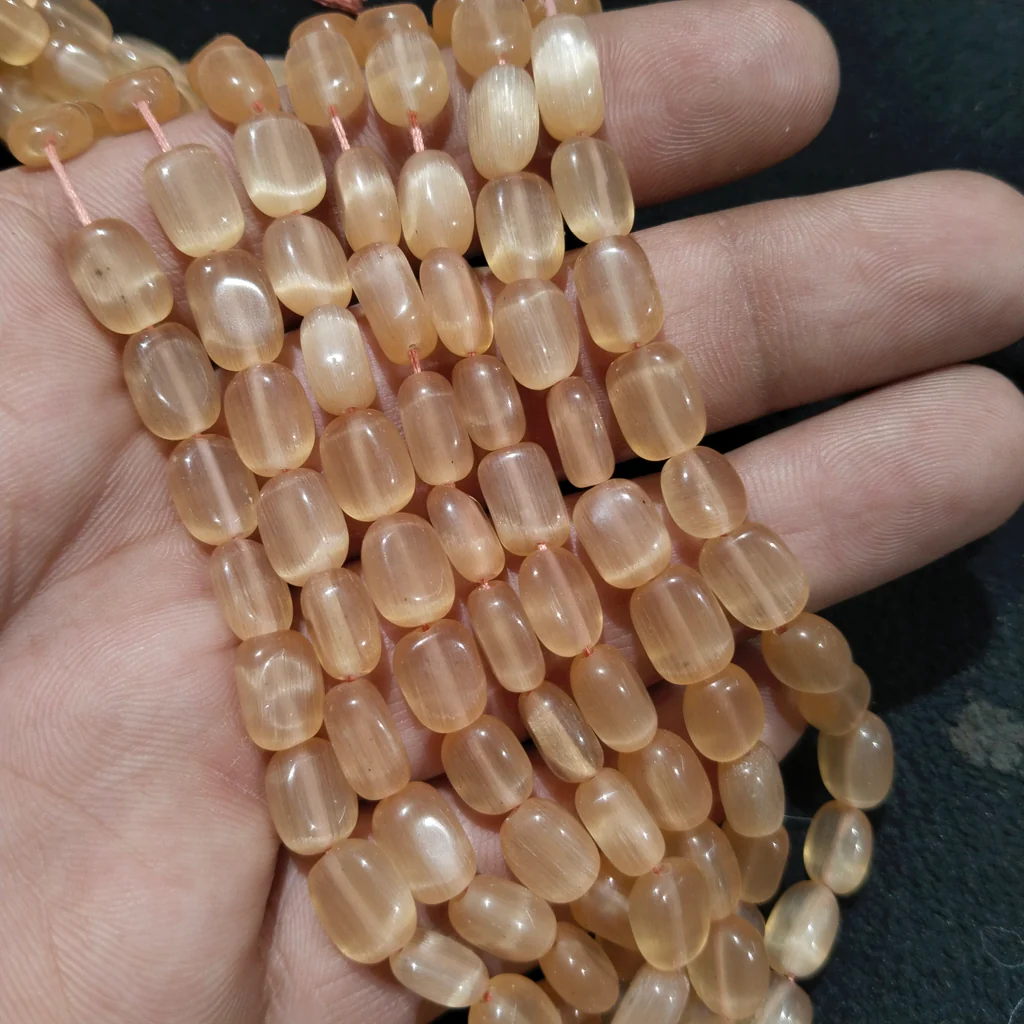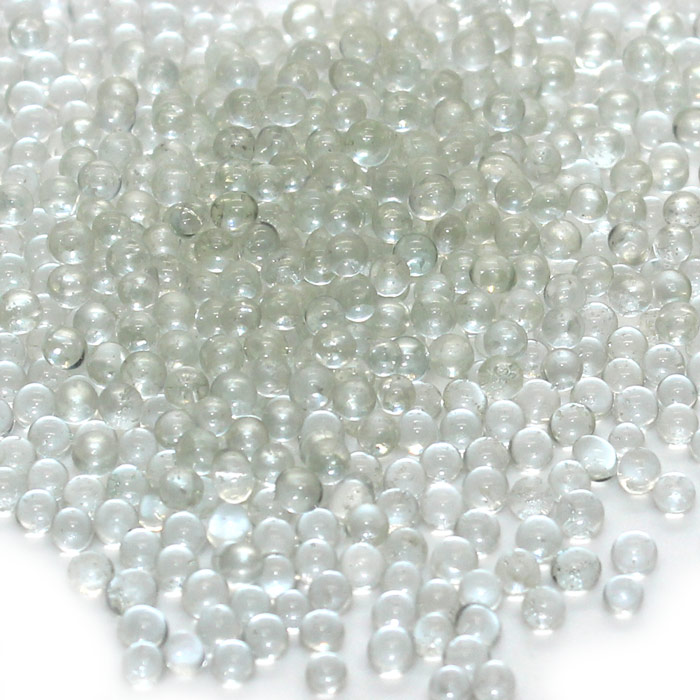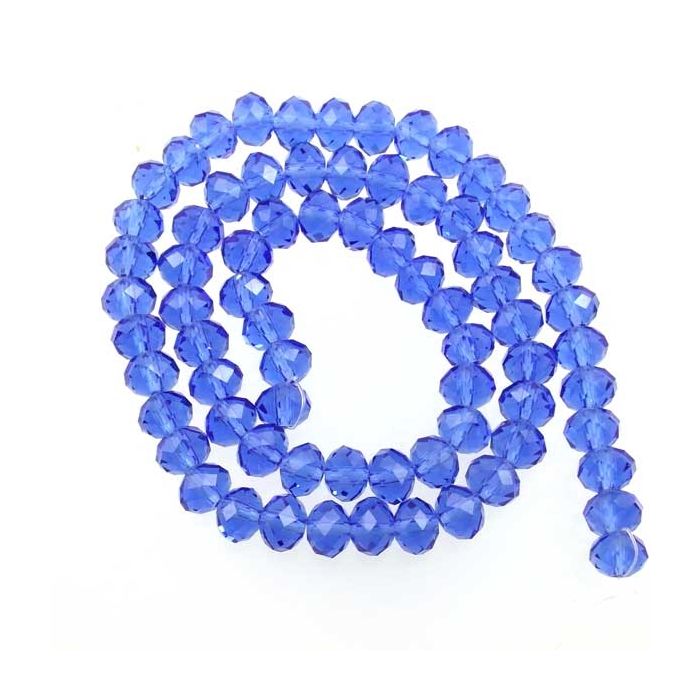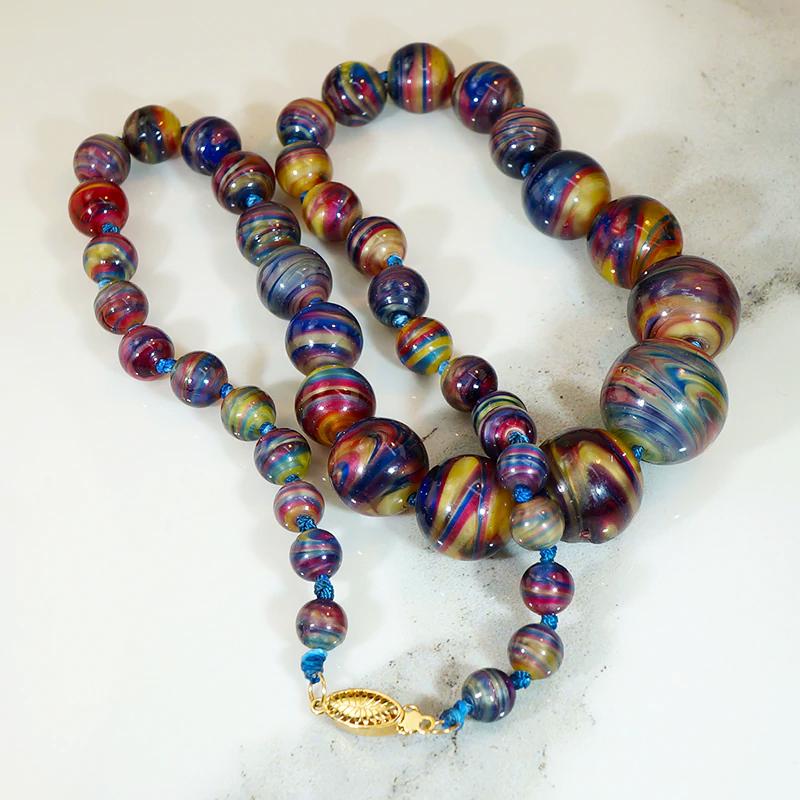Introduction:
Glass beads have been used for centuries in a variety of cultures for ornamental, decorative, and practical purposes. With their vibrant colors, shimmering surfaces, and diverse shapes and sizes, beads bracelets have become a staple in jewelry making, clothing embellishments, and other crafting projects. In this article, we will explore the history, production, uses, and benefits of glass beads, as well as providing inspiration for incorporating them into your own creative endeavors.
Part 1: History of Glass Beads
Level 1: Ancient Origins
Glass beads have a rich history dating back to ancient civilizations such as the Egyptians, Romans, and Phoenicians. These early cultures used glass beads for trade, currency, and adornment, with evidence of glass bead production dating back as early as 2340 BC.
Level 2: Global Influence
As trade routes expanded, the use of beads bracelets spread across the world, influencing a wide range of cultures and art forms. From Africa to Asia, Europe to the Americas, glass beads became an integral part of traditional dress, religious rituals, and personal adornment.
Part 2: Production of Glass Beads
Level 1: Traditional Methods
Glass beads were traditionally using techniques such as lampworking, molding, and faceting. Each bead was carefully crafted by hand, often using a combination of colored glass and metallic oxides to create unique patterns and designs.
Level 2: Modern Innovation
With advancements in technology, the production of beads bracelets has evolved to include machine-made processes such as pressing, blowing, and tumbling. This has led to a wider variety of shapes, colors, and finishes. Making glass beads more accessible and versatile for contemporary crafters and designers.
Part 3: Uses of Glass Beads
Level 1: Jewelry Making
Glass beads are a popular choice for creating stunning jewelry pieces, including necklaces, bracelets, earrings, and brooches. Their vibrant colors and wide range of shapes and sizes make them a versatile and eye-catching addition to any design.
Level 2: Clothing and Accessories
Glass beads can also be used to embellish clothing, handbags, and shoes, adding texture, interest, and a touch of glamour to everyday items. Whether sewn on individually or incorporated into elaborate patterns, beads bracelets can elevate the look of any garment or accessory.
Part 4: Benefits of Glass Beads
Level 1: Durability
Glass beads are known for their durability and longevity. Making them a practical choice for jewelry and craft projects. When properly cared for, beads bracelets can retain their luster and beauty for years to come.
Level 2: Sustainability
Glass beads are environmentally friendly, as they are made from natural materials such as sand, soda ash, and recycled glass. Unlike plastic beads, which can contribute to pollution and waste, beads bracelets are a sustainable choice for eco-conscious creators.
Part 5: Inspiration for Creative Projects
Level 1: Beaded Jewelry Tutorials
Explore tutorials for creating your own beaded jewelry using glass beads, from simple stringing techniques to more complex bead weaving and wirework projects. Let your imagination run wild as you experiment with different colors, shapes, and patterns to design one-of-a-kind pieces.
Level 2: Mixed Media Art
Discover how beads bracelets can be incorporated into mixed media art projects, such as collages, paintings, and sculptures. Use beads to add texture, shine, and visual interest to your artwork. Creating captivating and unique compositions.
Part 6: The History and Significance of Glass Beads
Glass beads have a long and rich history, dating back thousands of years. They have been found in ancient burial sites. And indicating that they held significance in various cultures. In many societies, beads bracelets were considered a form of currency and were used in trade. They were also used as symbols of wealth and status, with some beads being reserved for the elite class.
In addition to their practical uses, glass beads also held symbolic significance in religious and cultural practices. They were in rituals and ceremonies, and have protective and healing properties. In some cultures, glass beads as offerings to deities and spirits, are representing prayers and wishes.
The art of making beads bracelets has been passed down through generations, with each culture developing its own unique style and techniques. From the intricate designs of Venetian glass beads to the vibrant colors of African trade beads, glass beads have played a crucial role in the cultural identity of many communities around the world.
Part 7: The Versatility of Glass Beads in Jewelry Making
Glass beads are incredibly versatile and are a popular choice for jewelry making. They come in a wide range of shapes, sizes, and colors. And allowing for endless design possibilities. Whether used on their own or combined with other materials such as metal, wood, or gemstones. Glass beads can add a touch of elegance and whimsy to any jewelry piece.
One of the most popular ways to use glass beads in jewelry making is in bead weaving. This technique involves weaving together individual beads to create intricate patterns and designs. Glass beads in stringing projects, where they are simply onto a wire or cord to create necklaces, bracelets, and earrings. They can create beaded tassels, pendants, and even beaded fringe for statement earrings or necklaces.
Glass beads are also a popular choice for creating statement pieces, such as beaded cuff bracelets, chandelier earrings, and bib necklaces. Their versatility allows for a wide range of styles, from delicate and dainty to bold and eye-catching. No matter the design, glass beads add a touch of color and texture to any jewelry piece, making them a timeless and elegant choice for jewelry makers.
Part 8: The Cultural Significance of Glass Beads in Various Societies
Glass beads have held cultural significance in many societies around the world. In Native American cultures, glass beads were as trade items and were traditional regalia and adornments. They were in symbolic rituals, such as the creation of beaded prayer ties. The intricate designs and vibrant colors of glass beads became an integral part of Native American art and craftsmanship.
In African cultures, glass beads for centuries are a form of currency as gifts to signify important life events, such as births, weddings, and coming-of-age ceremonies. The bright and bold colors of African trade beads have become a symbol of cultural identity and heritage, and continue to be used in traditional African clothing and accessories.
In Eastern cultures, such as in India and China, glass beads are often used in elaborate jewelry pieces, including beaded necklaces, bracelets, and headpieces. They are decorative arts and crafts, such as bead embroidery and bead embellishments on clothing and textiles. The intricate designs and patterns of glass beads hold deep cultural and symbolic meaning, representing status, tradition, and spirituality.
Glass beads have played a crucial role in preserving and representing cultural traditions and identities, and continue to be valued for their beauty and significance in societies around the world.
Part 9: The Art of Glass Bead Making
Glass bead making is a centuries-old art form that has been practiced by cultures all over the world. The process of creating glass beads involves melting glass in a high-temperature furnace and shaping it into beautiful, colorful beads using various tools and techniques.
One of the most common methods of creating glass beads is lampworking. It involves using a torch to heat and melt glass rods. The molten glass into intricate designs is using tools such as tweezers, paddles, and marvers. This method allows for a great deal of creativity and precision in the design of the beads.
Another popular technique for creating glass beads involves stacking layers of glass and fusing them together in a kiln at high temperatures. This method creates unique and interesting patterns and textures in the beads. It allows for the incorporation of other materials such as metals and ceramics into the beads.
Glass bead making requires a great deal of skill and precision, as well as a thorough understanding of the properties of different types of glass. It is important for bead makers to have a good understanding of how to work with the specific type of glass they are using.
Conclusion:
In addition to the technical aspects of glass bead making, there is also a great deal of artistry involved in the process. Bead makers often draw inspiration from nature, culture, and history to create unique and beautiful designs in their beads. Each bead is a piece of wearable art, and many bead makers take great pride in the craftsmanship and creativity. Overall, glass bead making is a fascinating and intricate art form that requires both technical skill and creative vision. The resulting beads are not only beautiful to look at. They hold cultural and historical significance in many parts of the world.
Glass beads have a timeless appeal that transcends cultures and generations. Whether you are a seasoned jewelry maker, a fashion enthusiast, or a creative hobbyist, the beauty and versatility of beads bracelets make them an invaluable addition to your crafting toolkit. From their ancient origins to modern innovations, beads bracelets continue to inspire and captivate artists and makers around the world. Let their shimmering allure spark your creativity and elevate your next creative endeavor.
Tags: craftsmanship and creativity, glass beads, personal adornment




